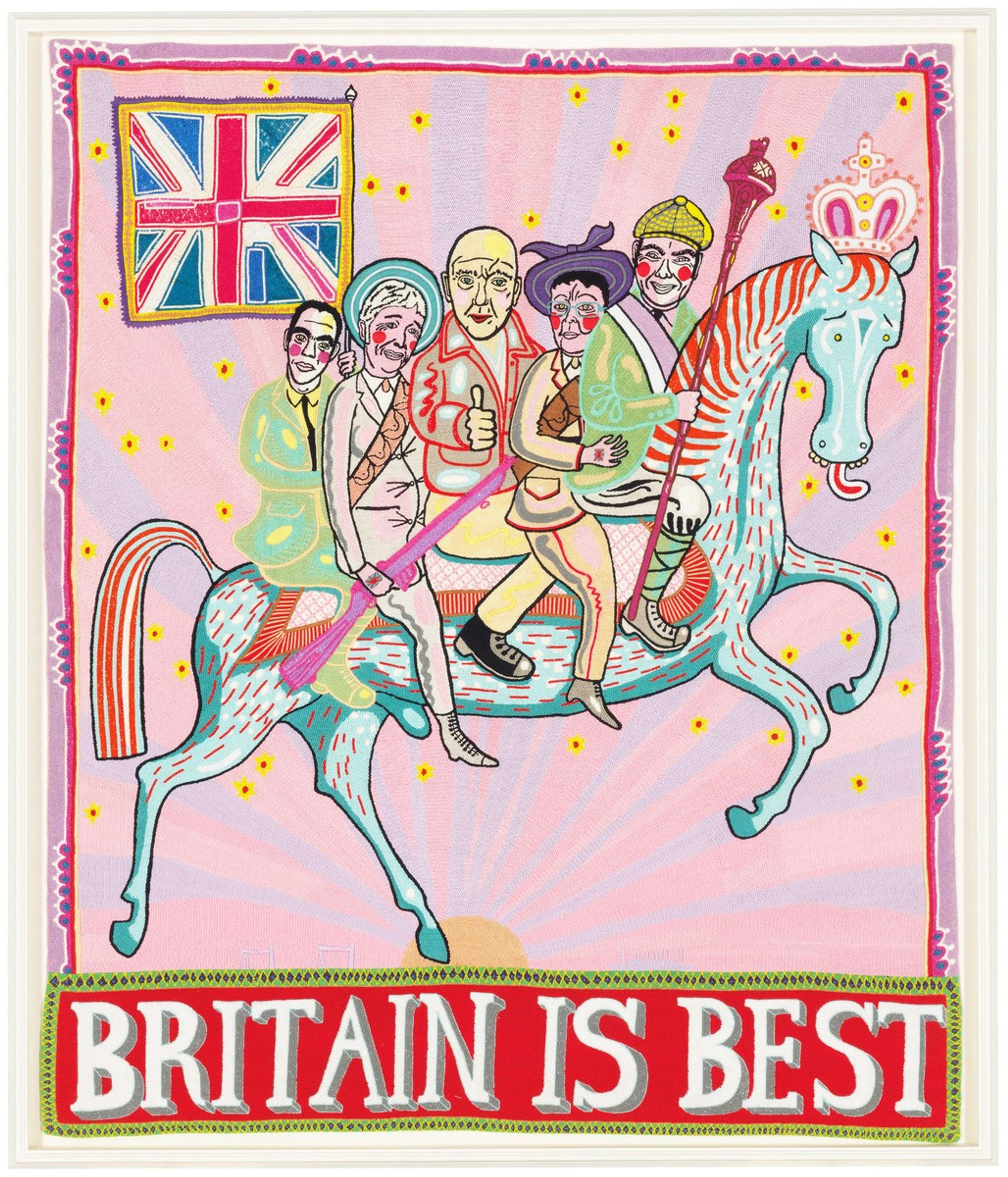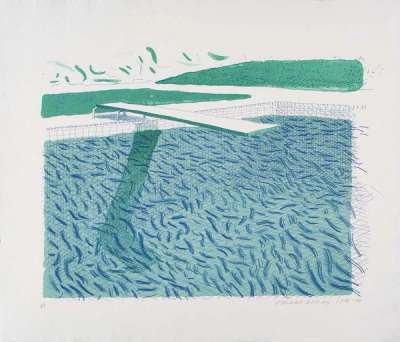Tate Modern at 25: A Legacy of Icons

 Image © Wikimedia Commons / Tate Modern © 2025
Image © Wikimedia Commons / Tate Modern © 2025Live TradingFloor
Tate Modern opened on London’s South Bank in May 2000, transforming a disused power station into a new kind of cultural institution. Now celebrating its 25th birthday, it has changed how we see and engage with art, becoming a landmark for its architecture and ongoing commitment to broadening access and rethinking what a modern art institution can be.
I’ve grown up alongside Tate Modern. I remember visiting as a child and encountering works that pushed my understanding of what art is and can be – from the surreal scale of Louise Bourgeois’s Maman to conceptually provoking works like Michael Craig Martin's An Oak Tree. Now, at 25 myself, I realise how much the museum has shaped my own experience of art. My story is just one of many; over the past quarter-century, Tate Modern has become a vital part of London’s cultural fabric, a place where personal memory and collective history converge.
From Power Station to Global Icon
The saga of Tate Modern begins with an ambitious act of architectural alchemy. The museum opened its doors on 12 May 2000, in the shell of the derelict Bankside Power Station – a hulking brick behemoth originally designed by Sir Giles Gilbert Scott between 1947 and 1963. Architects Herzog & de Meuron took on the formidable task of converting this industrial cathedral into a temple of modern art. Their vision preserved the building’s soaring grandiosity – including its central chimney stack and cavernous turbine hall – while introducing bold new design elements to serve a modern museum’s needs. The result was a stunning blend of old and new: raw industrial bones animated by sleek contemporary interventions. In 2016, Herzog & de Meuron expanded this vision with a twisted pyramid extension (the Blavatnik Building, formerly known as the Switch House), adding galleries and a rooftop terrace to a museum that was already a landmark.
Crucially, Tate Modern’s architecture did more than win design awards – it redefined how a museum could engage with its urban environment. The Turbine Hall, once home to machinery, was repurposed as the museum’s dramatic entrance and signature space. Herzog & de Meuron conceived this hall as a “large urban space, a meeting place” – effectively an indoor public square where art and life converge. A gentle ramp leads visitors down into the Turbine Hall’s expanse, inviting everyone inside in a manner radically different from the grand staircases of older museums. The architecture makes its point quietly but clearly: this isn’t an ivory tower, it’s a space designed to be shared. Fittingly, the promenade along the River Thames now flows straight through the museum’s north entrance, making Tate Modern a natural extension of the riverbank footpath and the surrounding neighbourhood. What was once a coal-burning power station has become a powerhouse of culture, symbolically and literally bridging communities on both sides of the Thames.
A New Kind of Museum Experience
From day one, Tate Modern set out to transform the very experience of visiting an art museum. The founders – led by director Sir Nicholas Serota – imagined Tate Modern as a people-centred space that would be as welcoming as it was inspiring. As Catherine Wood (now Tate Modern’s Director of Programme) has noted, the Turbine Hall’s designers intended it to function like an open civic arena as much as an exhibition gallery – a place you might visit as casually as you would a park, yet encounter art in monumental and surprising ways.
This ethos of openness was revolutionary. It meant that anyone could walk in off the street (Tate Modern has free general admission) and feel a sense of ownership and belonging in a space that houses Picasso paintings and Warhol prints.
One of the museum’s defining innovations was its thematic layout at opening – displaying works by theme or idea rather than strict chronology or national school. This broke with convention and allowed Picasso to converse with Ai Weiwei across time, or a Monet waterlily to share a room with a Mark Rothko abstraction. The effect was dynamic and inclusive: you didn’t need an art degree to enjoy the displays, and many found the juxtapositions eye-opening. Tate Modern signalled that modern art is a conversation open to everyone.
Central to Tate Modern’s people-first approach have been its ground-breaking installations in the Turbine Hall. Tate’s curators famously treated this five-storey-high, 152-metre-long space as a canvas in its own right, inaugurating the Unilever Series of commissioned works that quickly became a highlight of London’s cultural calendar. From Olafur Eliasson’s The Weather Project (2003) to Ai Weiwei’s Sunflower Seeds (2010), each commission has transformed the hall into an immersive, participatory environment. As Wood notes, these works have turned the Turbine Hall into “a vast artist’s studio, a stage, a market, a playground, a nightclub – even a COVID-19 vaccination centre.”
Icons, Exhibitions, and Unforgettable Moments
Over the past 25 years, Tate Modern has hosted a parade of era-defining exhibitions and commissions, featuring many of the world’s most iconic artists. The gallery has brought the works of Warhol, Lichtenstein, Hockney and other household names within reach of the general public.
In 2020, the museum presented a landmark Andy Warhol retrospective, offering a deeply personal insight into Warhol’s life and influence. Alongside iconic Marilyn Monroe and Campbell’s Soup prints, the show explored Warhol’s Catholicism, his identity as a gay man, and the ways in which his work shaped and mirrored mass culture.
In 2013, the Roy Lichtenstein retrospective showcased the bold clarity of Lichtenstein’s Pop Art, including works like Whaam! (1963). Tate Modern’s curators used the exhibition to reframe Lichtenstein as a deeply thoughtful commentator on the nature of representation.
Tate Modern has also celebrated homegrown talent. David Hockney was spotlighted in the 2012 show A Bigger Splash, which paired his poolside paintings with performance-based practices. Meanwhile, Tracey Emin’s My Bed has become a recurring presence in the museum’s display strategy – a visceral, confessional piece that helped usher in a new wave of personal, autobiographical art in the UK.
And then there is Louise Bourgeois, whose towering Maman greeted visitors at the museum’s opening. Bourgeois, as Wood recalls, set the tone for Tate Modern’s ambitions: “staging trans-generational conversations between those art histories displayed in our galleries and the experiments that take place in the public spaces.” Her work, like so much else in the museum, is now etched into the memories of generations.
Expanding the Global Narrative of Art
From its earliest exhibitions, Tate Modern sought to go beyond the Western art canon. Its inaugural show, Century City (2000), positioned cities like Lagos and Buenos Aires as epicentres of modern art. Since then, the museum has pursued a transnational approach, aided by initiatives such as the Hyundai Tate Research Centre: Transnational and regional collection committees.
The result is one of the world’s most ambitious and inclusive collections of modern and contemporary art. Thematic exhibitions such as A Year in Art: Chile 1973 and Australia 1992 have highlighted the socio-political dimensions of global artistic production. And the newly opened Gathering Ground project, featuring a commission by London artist Abbas Zahedi, embodies a new kind of curatorial ethos – one that prioritises dialogue, equity, and community.
Art for Everyone
If there is a single principle that defines Tate Modern, it's access. The museum has made it its mission to make art more widely accessible – to make it possible for anyone, from any background, to engage with the greatest works of the modern era. More than 100 million people have visited since 2000, many of them encountering Warhol, Rothko, or Bourgeois for the first time.
Tate Modern is also a local museum. It has engaged deeply with the surrounding communities of Southwark and beyond, commissioning works like Tania Bruguera’s Tate Neighbours and involving audiences directly in the art-making process. Projects like UNIQLO Tate Play bring children and families into the galleries, encouraging hands-on creativity.
And perhaps most importantly, it is a museum that listens. As Wood notes, “We are speaking with our audiences rather than to them.” That principle – of humility, of generosity, of openness – is what continues to make Tate Modern feel urgent, even as it enters middle age.
Through initiatives focused on education, community involvement, and global dialogue, it has expanded the reach of modern and contemporary art to audiences that had long been overlooked by major institutions. As Catherine Wood puts it, the museum serves as “a frame within which art and artists can transform experience; open one’s eyes and minds.”
It’s this understanding – that the power of art is shaped as much by the viewer as by the artist – that remains one of Tate Modern’s most vital contributions. It invites us not just to look, but to participate, to interpret, and to imagine ourselves within the broader story of art.


























